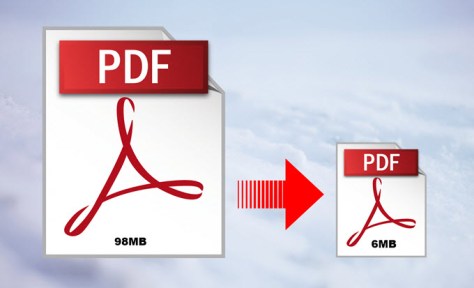Managing PDF documents often requires modifying their structure, including the need to delete PDF pages for various reasons, such as removing irrelevant content or condensing information. This guide furnishes a step-by-step approach to efficiently managing your PDF files by focusing on the steps for the PDF remove pages process, ensuring that your documents only contain the most pertinent information.
Understanding PDF Page Management
PDFs are widely used for their reliability and consistency across different platforms. However, editing these files can sometimes be challenging, especially when altering their structure. To remove pages from a PDF is a common task that can significantly enhance the readability and relevance of the document. It is essential to approach this task with the right tools and knowledge to maintain the file’s integrity.
Tools of the Trade
Several online and offline software options are available for managing PDF pages. These tools vary in complexity and functionality, from basic page deletion to comprehensive editing features like merging, splitting, and rearranging pages. When selecting a tool, consider factors such as usability, the sensitivity of the content, and the required editing capabilities. Opting for reputable software ensures a smooth and secure editing process.
Step-by-Step Guide to Removing Pages
Removing pages from a PDF can be straightforward, given the right approach. Here’s a generic step-by-step guide that can be applied across most PDF editing tools:
Open the PDF: Launch your chosen PDF editor and open the document from which you must remove pages.
Navigate to the Editing Section: Look for the section or tab within the software that allows page management.
Select Pages for Removal: Identify and select the pages you wish to remove. This might involve checking boxes next to page thumbnails or entering page numbers directly.
Delete the Pages: Use the software’s function to remove the selected pages, often labeled ‘Delete’ or ‘Remove’.
Save the Document: Ensure you save the modified PDF under a new file name to preserve the original document or overwrite it if the changes are final.
Best Practices for PDF Page Removal
To ensure the process is both efficient and effective, consider the following best practices:
Backup Original Documents: Always keep a copy of the original PDF file before making changes. This precaution allows you to revert if necessary.
Review Before Saving: Carefully review the modified document to ensure that only the intended pages were removed and the document’s flow remains coherent.
Consider Legal and Ethical Implications: Be mindful of the content within the PDF, especially if it contains sensitive or proprietary information. Ensure that document editing does not infringe on copyrights or violate privacy laws.
Common Challenges and Solutions
Users might encounter specific challenges when attempting to remove pages from PDFs, such as difficulty selecting the correct pages or saving the edited document. Here are a few solutions:
Pre-editing Preparation: Thoroughly review the document before editing to identify which pages must be removed. This preparation can prevent errors during the selection process.
Software Compatibility: Ensure that the PDF editor is compatible with your operating system and supports your document’s PDF version.
Expert Assistance: Consider seeking assistance from professionals in document management and editing for complex documents or significant modifications.
Conclusion
Efficiently managing PDF pages, specifically removing unnecessary ones, can significantly enhance the utility and readability of your documents. By selecting the right tools, following a structured approach, and applying best practices, users can effectively streamline their PDF management tasks, including the essential step of removing pages from a PDF. Remember, while technology offers the means to edit and improve documents, a careful approach ensures that the integrity and purpose of the original document are maintained.
Follow Techdee for more!





